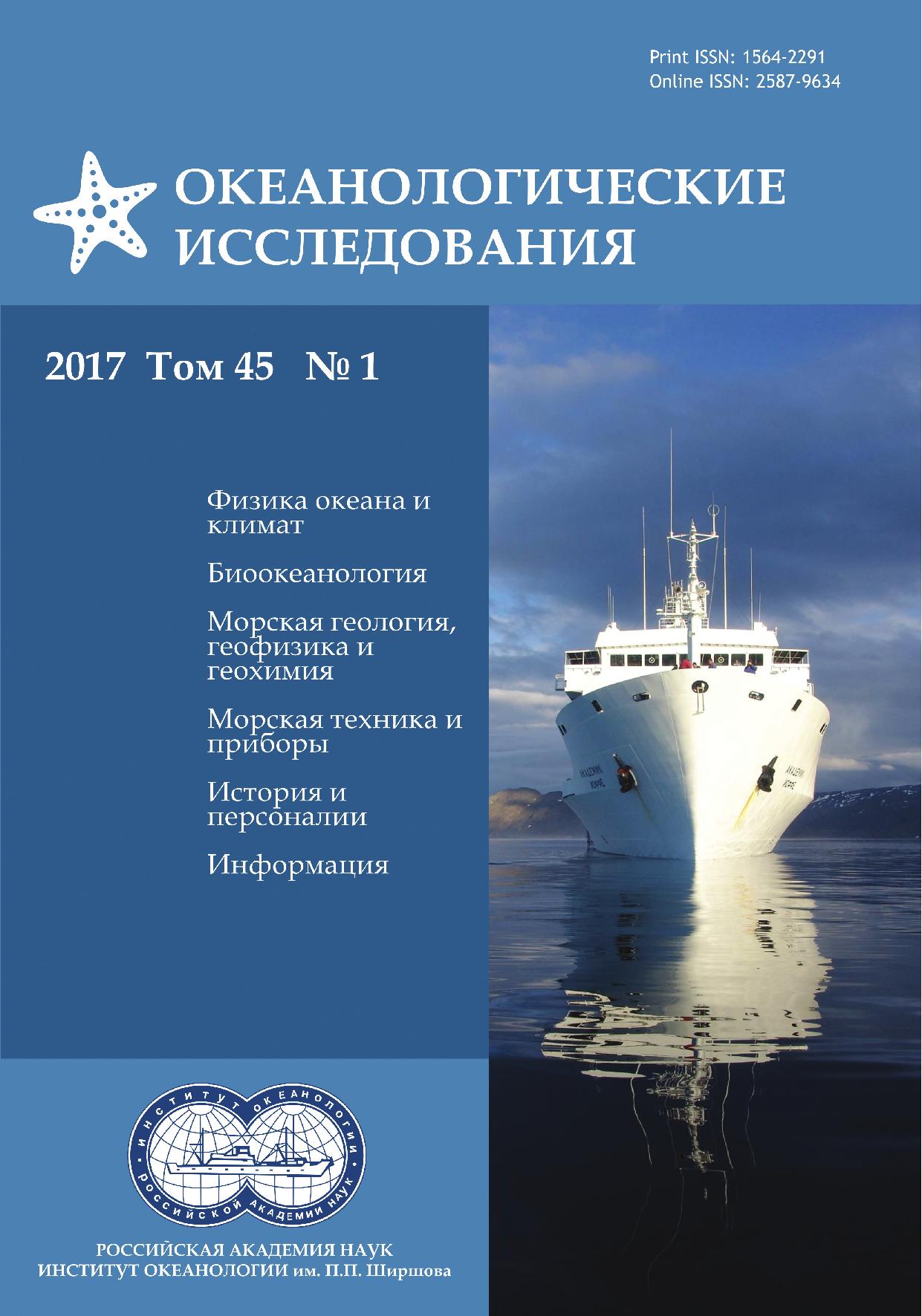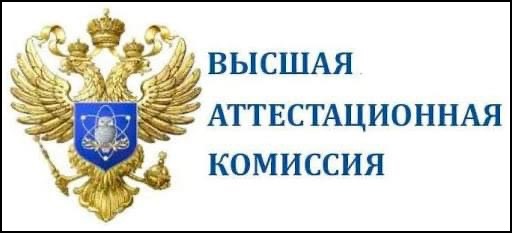Структура технологии гидролокационных исследований дна и подводных объектов
Аннотация
Технология натурных исследований есть совокупность материальной и методической составляющих. Методическая часть – это научно-обоснованный способ и последовательность применения материальной части. Материальная часть технологий гидролокационных исследований включает навигационные и гидролокационные приборы, которые подразделяются на поверхностные, заглубляемые, стационарные, буксируемые, автономные, а также приборы, устанавливаемые на подводных аппаратах. В основном все рассматриваемые средства используют единый принцип действия. Их важной составляющей являются устройства отображения и сбора информации, которые включают управляющие программы и программы обработки информации. Методически, технология гидролокационного исследования дна и подводных объектов подразделяется на три этапа. На первом этапе ведется отображение и сбор информации. На втором этапе ведется подготовка информации к обработке стандартными пакетами программ. На третьем этапе ведется собственно обработка информации, целью которой является представление ее в виде, удобном для анализа потребителями. Состав и структура технологии зависит от типа обследуемых объектов, места их нахождения и задач исследования. Применение эффективной методики проведения работ дает подчас лучший результат, нежели применение дорогостоящих приборов.
Литература
- Александров Г.А., Полканов К.И., Селезнев И.А., Смирнов С.А. Гидроакустические системы // Роль Российской науки в создании отечественного подводного флота. М.: Наука, 2008. С. 438–445.
- Пешехонов В.Г. Проблема подводной навигации и ее решение // Роль Российской науки в создании отечественного подводного флота. М.: Наука, 2008. С. 383–390.
- Принципы построения технических средств освоения океана. Под ред. профессора В.С. Ястребова. М.:, Наука, 1982. 265 с.
- Римский-Корсаков Н.А. Создание и эксплуатация подводных аппаратов и других технических средств для океанологических исследований // Подводные технологии и
средства освоения Мирового океана. М.: Издательский дом «Оружие и технологии», 2011. С. 46–63. - Римский-Корсаков Н.А. Технические средства для исследования дна акваторий гидролокационными методами // Международный журнал прикладных и фундаментальных исследований. 2017. № 10. Ч. 2. С. 205–213.
- Римский-Корсаков Н.А., Никитин Г.А. Гидролокационные технологии и средства исследования дна Мирового океана // Подводные технологии и средства освоения Мирового океана. М.: Издательский дом «Оружие и технологии», 2011. С. 92–101.
- Руссак Ю.С., Нафиков В.М., Тихонова Н.Ф. Система сбора и обработки гидроакустической информации // Современные методы и средства океанологических исследований: Материалы XV Всероссийской научно-технической конференции МСОИ 2017. –Т. 2. Институт океанологии им. П.П. Ширшова РАН Москва, 2017. – С. 355–357.
- Руссак Ю.С., Тихонова Н.Ф. Универсальный модуль «RA8-USB» // Современные методы и средства океанологических исследований: Материалы XIV Международной научнотехнической конференции МСОИ-2015. – Институт океанологии им. П.П. Ширшова РАН Москва, 2015. – С. 315–318.
- Сажнева А.Э. Технологии выявления скрытой информации изображений (на основе гидролокационных исследований). М.: Научный мир, 2013. 86 с.
- Суконкин С.Я. Технические средства для фундаментальных исследований Мирового океана // Подводные технологии и средства освоения Мирового океана. М.: Издательский дом «Оружие и технологии», 2011. С. 104–117.
- Яковлев А.Н., Каблов Г.П. Гидролокаторы ближнего действия. // Библиотека инженерагидроакустика. Л.: Судостроение, 1983. 200 с.
Передача авторских прав происходит на основании лицензионного договора между Автором и Федеральным государственным бюджетным учреждением науки Институт океанологии им. П.П. Ширшова Российской академии наук (ИО РАН)












